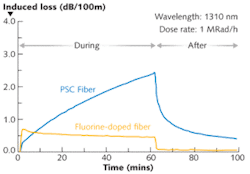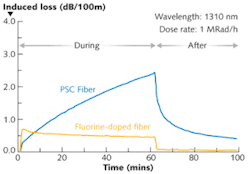iPhone apps benefit optics
I read with great interest Jeff Bairstow’ commentary regarding the iPhone. The commentary was very timely because I just went through the same revelation after purchasing an iPod Touch for my wife’s birthday. After seeing how useful it could be I quickly convinced myself that as soon as AT&T will let me, I plan to get an iPhone.
The fact that the iPhone is a computer in your pocket made me start thinking about how the platform could be of use to the optics community (besides using the GPS to find a good restaurant at SPIE’s annual meeting). Several years ago I wrote a small piece of software for Apple OS X called OpticsCalc. It performs a number of relatively simple, but useful optics computations (you can download it for free at www.dld-llc.com/Diffraction_Limited_Design_LLC/Software.html). It took me very little time to convert four of the most useful calculators into an application for the iPhone. There is a link to the iPhone version of OpticsCalc at the same Web address.
Since placing OpticsCalc on the iTunes App store I have been contacted by an ophthalmologist with an idea for an application for his daily work. With his input, I have created a second calculator for the iPhone that adds two crossed cylinders and computes the resultant spherical and cylindrical power and the astigmatic angle of the combination. Called Crossed Cylinders, this application is now available on the Web site.
Once you start thinking about having a unix computer that you can carry around in your pocket, you can think of a number of useful applications, both personal and professional. Now, I just wonder if it would be possible to do optical-lens design on an iPhone.
Bruce Truax
Diffraction Limited Design, Southington, CT
[email protected]
Corrections
In “Fluorine-doped core boosts radiation resistance of single-mode fiber” (June, p. 80; www.laserfocusworld.com/articles/363492) the curves in Fig. 2 were labeled incorrectly. The corrected image, at left, shows that significant reduction in radiation-induced aging is achieved with fluorine-doped radiation-resistant single-mode fiber. Laser Focus World regrets the error.

